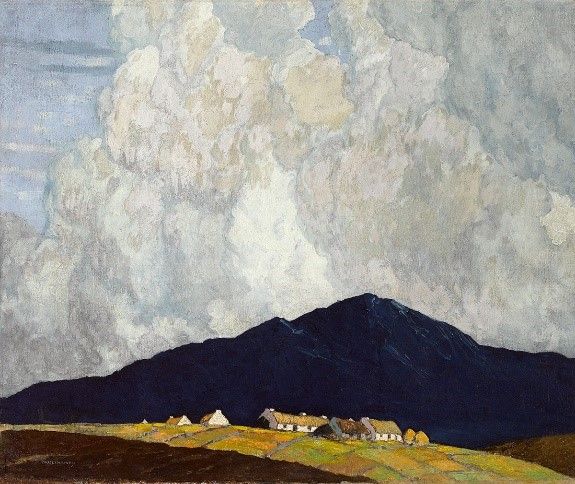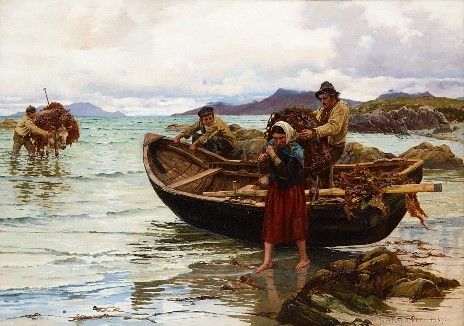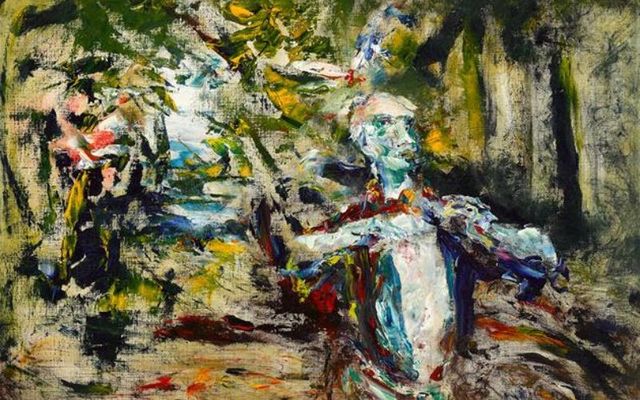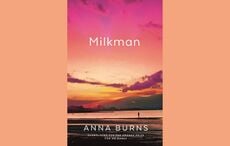A rare Jack Butler Yeats painting is one of many exceptional pieces of Irish art set to go under the hammer at an auction later in May.
More than 130 pieces of Irish art with a combined estimated value of €2.2 million will go under the hammer on May 27 as part of Whyte's Exceptional Summer Art Auction.
The live auction will take place at the Freemasons Hall, Molesworth Street, Dublin 2, while people will also be able to bid online here.
Yeats's "Discovery, 1952", with an estimated value of €300,000 to €400,000, is the standout piece in the upcoming auction, depicting a male figure dressed in theatrical costume with a naked torso, blue jacket, and cummerbund rushing through a cave-like structure.
Two Paul Henry works are on offer in the sale. The first, a sizable oil titled "A Village in the West 1916-17 " is valued between €200,000 and €300,000 and depicts a cluster of long, low, thatched cottages that teeters precariously on the brim of a bright hill, sandwiched between a huge wall of mountain and sky and earth.
The work was painted in the initial period of the artist’s stay in the west of Ireland in 1910 and was probably exhibited and sold in Dublin in 1917, according to Whyte's.

Paul Henry's "A Village in the West"
The second work, "In Connemara", shows three cottages by the sea viewed from above. The mountain and sky are in the background.
The piece has had a storied history after it was purchased by Sir Patrick McGovern in the 1930s. The painting was later discovered at a Cincinnati storage unit in 2021.
English-born artist William Henry Bartlett's "Wrack for the Farm" is also available at the upcoming auction with an estimated value of €20,000 to €30,000. Though English-born, Bartlett was one of the earliest artists to paint systematically - and sympathetically - the everyday lives of the people of the West of Ireland.

Wrack for the Farm. Whyte's
Wrack for the Farm was exhibited at the Grosvenor Gallery in 1887, the year of its completion. Writing of life in the West of Ireland, Bartlett spoke of the importance that seaweed or "wrack" played in the local Connemara economy.
"Seaweed or 'wrack' plays an important part in Connemara life, in the form of manure for the land and burnt for kelp," Bartlett wrote.




Comments